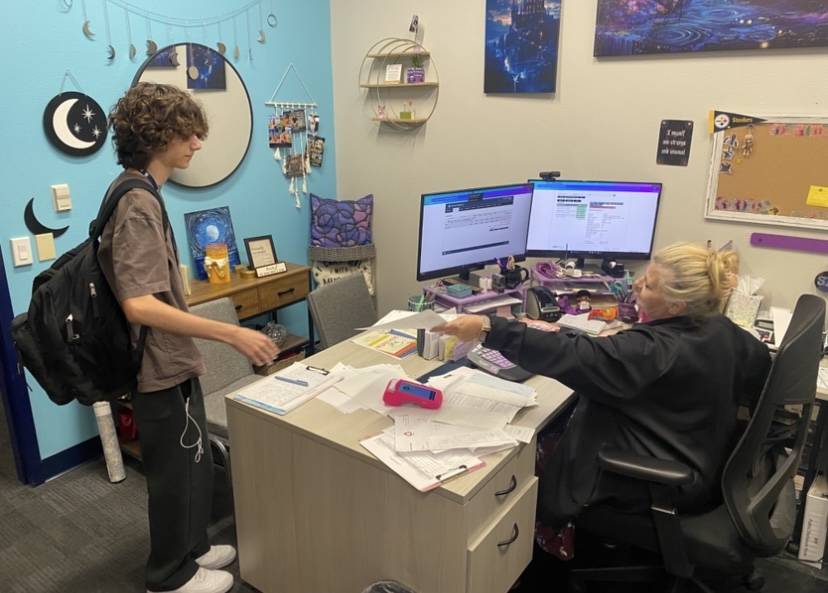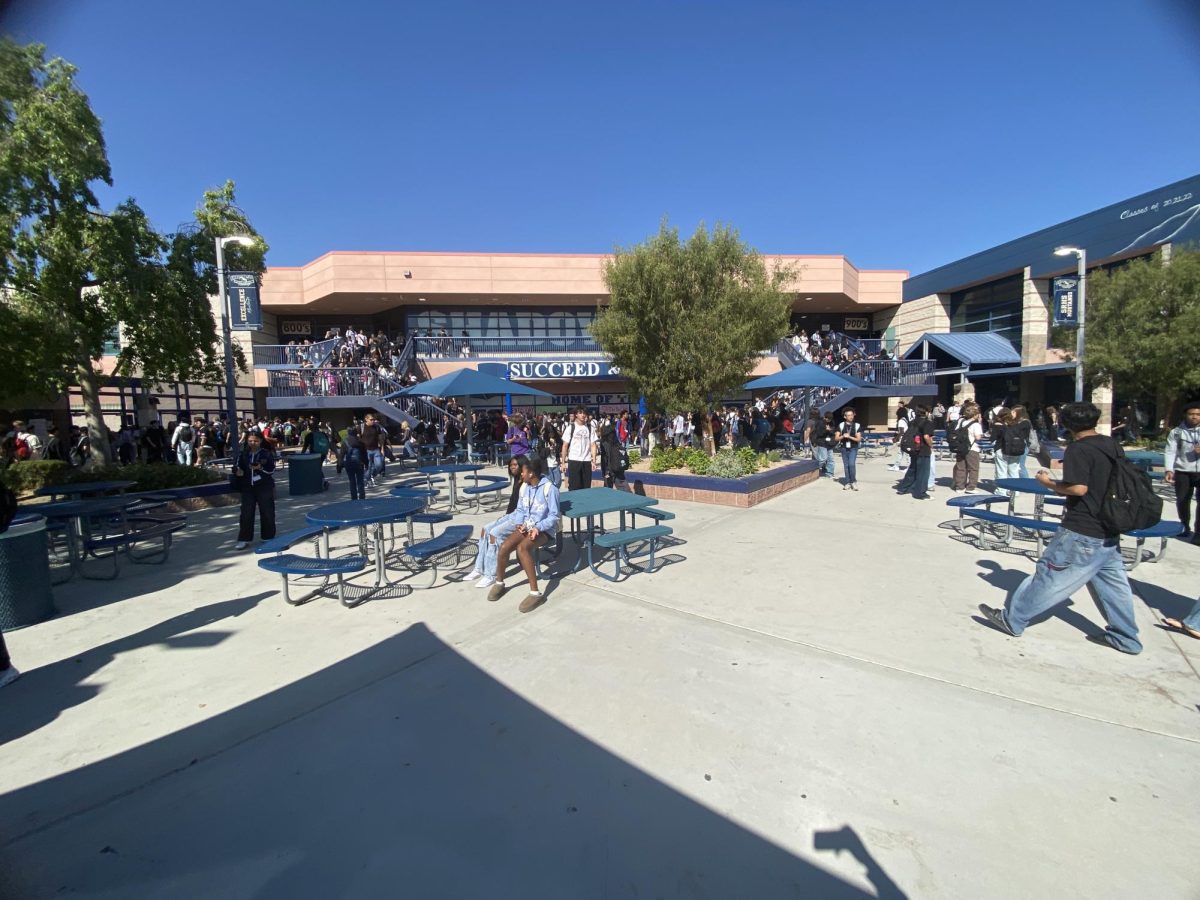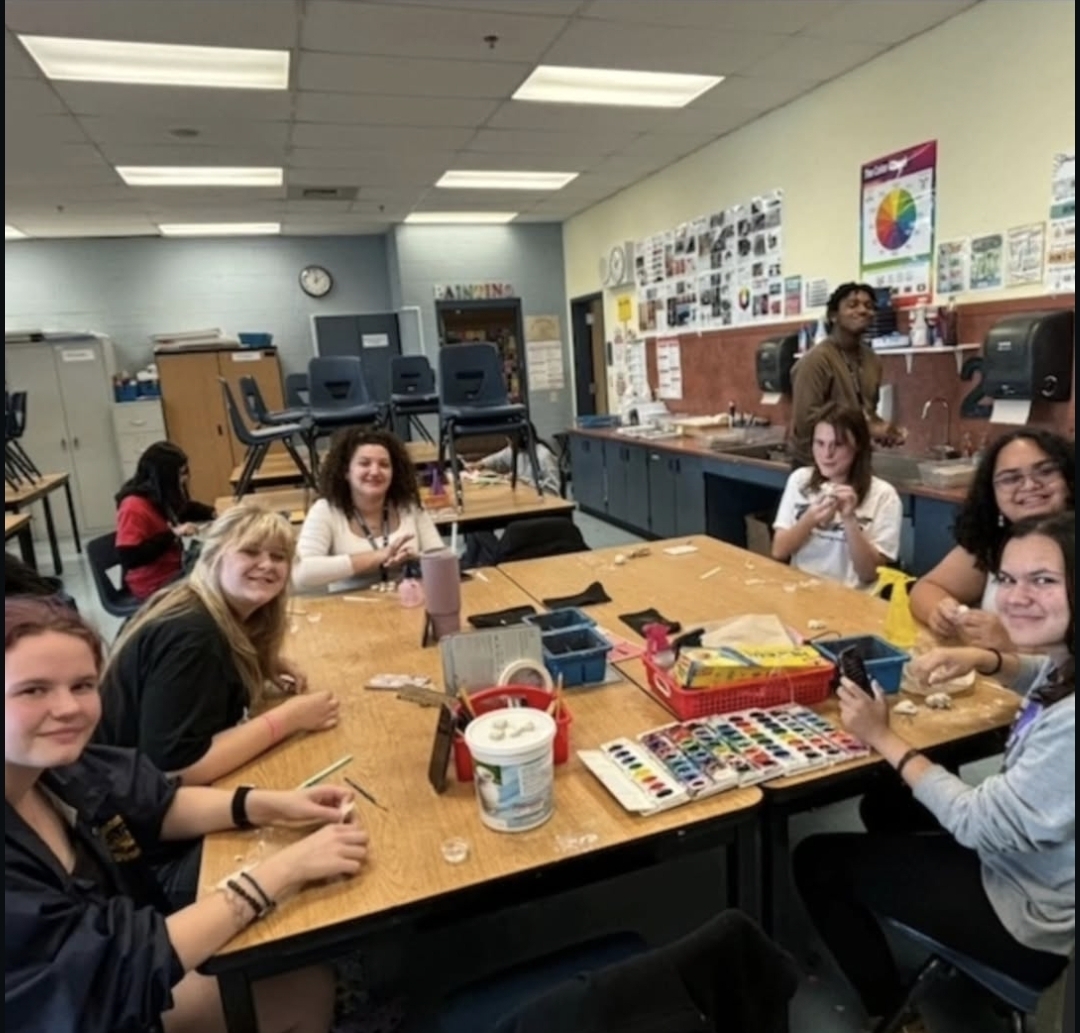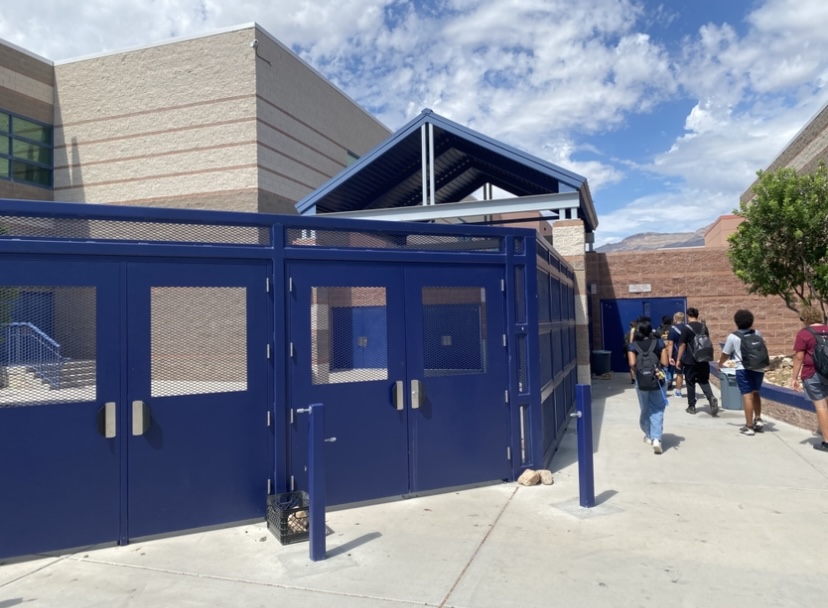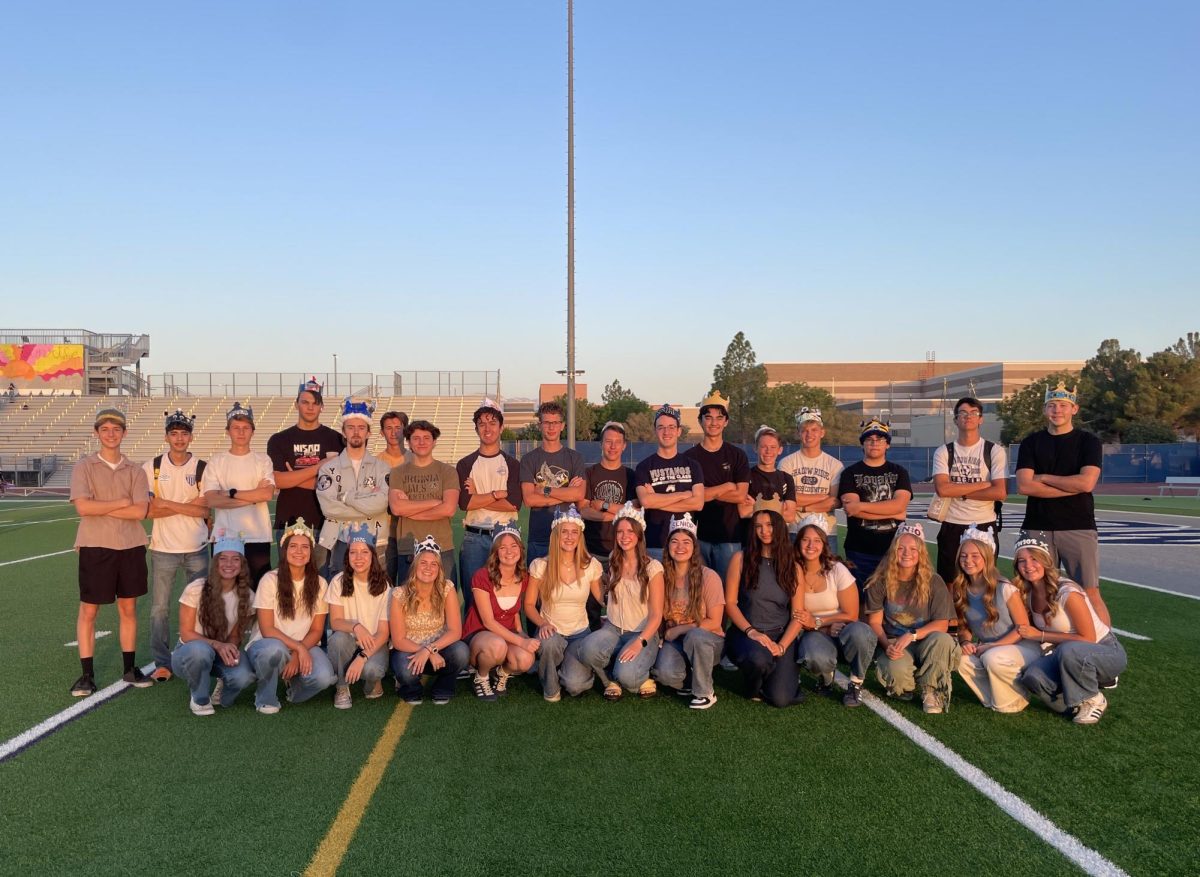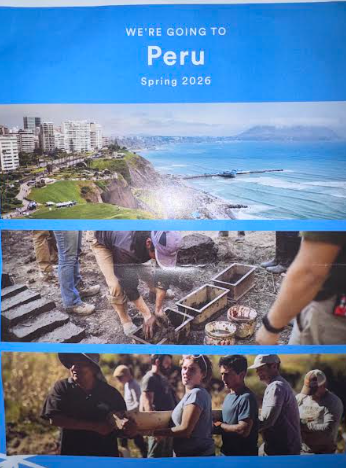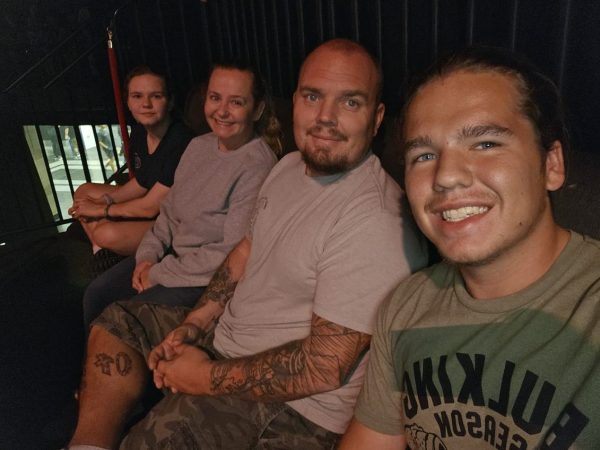On March 12th, the Forensic Science I students investigated detailed crime scenes in order to find clues, speak to first responders, and gather evidence to solve a case. These simulated crime scenes were created by the Forensic Science III students, and ranged from robbery to homicide. These investigators are given up to 4 evidence requests a day in order to advance their problem-solving and teamwork skills.
Derek Guthery, a junior and Forensic Science III, said, “I think the in-person benefits of the crime scene would be the hands-on learning and the practicing and developing of techniques and skills that they have learned.”
From shuffling through witness statements and juggling evidence reports, the Forensic Science I’s must pay close attention to all the little details. Even the smallest piece of evidence can steer the case in a completely different direction. While watching over word choice, they also must ensure that their requests are relevant, legible, and properly filled out. With high standards, they must be able to form coherent conclusions, but most importantly, be able to prove their accusations.

Mikey Ortiz, a freshman and Forensic I student, said, “I would describe my experience with the end of the year crime scene as fun and fulfilling. It was nice finally getting to use all the knowledge we have gained throughout the year. We get to do way more than we have so far this year and it gives an idea of what an actual scene would look and feel like. It’s fun getting to do this activity with a group of friends that all still focus on getting the task at hand done. My group has great chemistry and everyone still gets everything they are tasked with completed to the best of their abilities.”
However, the I’s are not the only students working to make these crime scenes work. The Forensics III’s were responsible for creating the scene, reports, and even grading the younger years.
“As a III, I would say the process is great. Making the scenes allows me to be creative and write a story that will challenge me and it also allows me to use my skills that I’ve learned over the years to create accurate depictions of what an actual crime scene would look like,” Guthery added. “Working with the I’s is super enjoyable as well as it allows me to sculpt their perspective of what forensic science really is and give them the incredible experience that I was also given as a I.”
As a four year course, the students have a lot of room to grow and improve within the Forensic Science program. The End of Year Crime Scene (EOCYS) is the perfect push to help students decide if they wish to continue with the class.
“The EOCYS absolutely encourage the kids to continue the program as the experience is truly one of a kind and allows for students to practice skills they’ve been building all year. Not only this, but being able to work with others who are also as interested in the same topic really is a pull factor when the kids decide their classes for the next year,” Guthery commented.
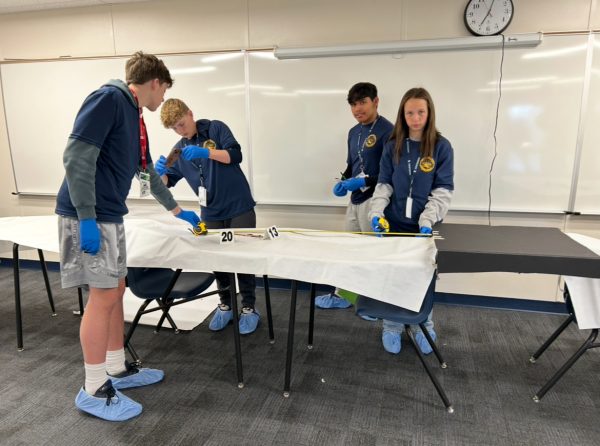
Even the Forensic Science I students find this experience to be the perfect encouragement to carry onto the next year.
“I would absolutely recommend this program to other students. I think it’s a fun way to meet new people and work with others. You will learn many skills that are relevant even outside of forensic science. Even if forensic science doesn’t sound too interesting to you it’s still worth giving a shot because it makes you think of things in a different perspective and use skills learned in class to help you achieve your goal,” Ortiz said. “You do many little scenes around the school to practice these skills. This program will be hard if you don’t focus on the learning part of class, so you have to pay attention in class. As long as you are willing to try your best on assignments and learning you will have a fun time in this program. This program is very welcoming and will get you comfortable with a lot of people in the class. It’s a really fun class and I would recommend joining the program.”



